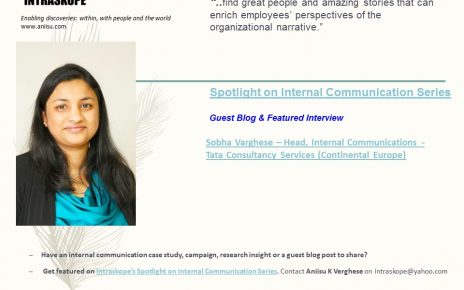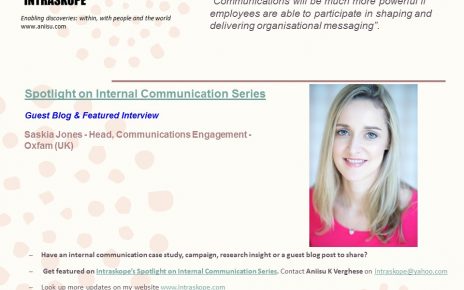In an era marked by unprecedented change and uncertainty, organizations face a myriad of challenges that threaten their long-term sustainability. From talent scarcity and disengagement to the shifts brought about by the post-Covid workplace, leaders must navigate a landscape fraught with obstacles. As expectations from staff for autonomy and control over their lives continue to rise, coupled with mounting wage bills, the need for innovative solutions has never been more pressing. However, amidst these challenges lie opportunities for transformation and growth. By embracing change and adopting forward-thinking strategies, organizations can not only weather the storm but emerge stronger and more resilient than ever before.
Tackling Talent Scarcity and Disengagement
Today, attracting and retaining top talent is a formidable challenge. Moreover, disengagement among employees poses a significant threat to productivity and organizational success. To address these issues, leaders must prioritize initiatives that foster a culture of engagement and empowerment. By offering meaningful work, opportunities for growth, and a supportive environment, organizations can cultivate a workforce that is motivated, committed, and invested in the company’s success.
Ron Friedman’s inspiring book, The Best Place to Work: The Art and Science of Creating an Extraordinary Workplace, serves as a beacon for organizations striving to cultivate environments where employees thrive and innovate. Drawing from a wealth of insights from diverse subjects such as psychology, science, economics and marketing, Friedman challenges conventional thinking and offers practical strategies for reimagining workspaces and fostering holistic employee well-being.
Telecommuting and the Work-from-Home Debate
As the dust settles from the pandemic-induced remote work experiment, organizations grapple with the question of telecommuting’s efficacy. Friedman reframes the narrative, urging leaders to shift their focus from productivity metrics to the broader implications of home environments on employee well-being. By prioritizing choice, personalization, and opportunities for rest and rejuvenation, organizations can empower employees to thrive in any setting.
Beyond Cubicles and Open Spaces
Gone are the days of one-size-fits-all office layouts. Friedman advocates for a nuanced approach to workspace design, one that reflects an understanding of employees’ diverse needs and preferences. From fostering collaboration through circular seating arrangements to promoting focus through quiet spaces, strategic design choices can profoundly impact employee satisfaction and productivity.
Recognizing and Respecting Employees
In the quest for engagement, recognition and respect reign supreme. Friedman debunks the myth that financial incentives drive performance, highlighting the transformative power of genuine appreciation and acknowledgment. By prioritizing peer-to-peer recognition, encouraging breaks, and fostering a culture of gratitude, organizations can cultivate a workforce that feels valued, motivated, and inspired.
Onboarding and Peer-to-Peer Coaching
Effective onboarding sets the stage for long-term engagement and success. Friedman outlines strategies for maximizing interaction, fostering connections, and aligning new hires with organizational goals. By embracing collaborative projects, encouraging peer-to-peer coaching, and emphasizing the significance of shared experiences, organizations can increase the integration process and cultivate a sense of belonging from the outset.
Perspectives on Performance Management
Traditional performance reviews and incentives fall short in driving sustained engagement and motivation. Friedman challenges leaders to rethink their approach, emphasizing real-time feedback, specific inputs, and peer-to-peer recognition. By shifting the focus from competition to collaboration and from generic feedback to personalized appreciation, organizations can create cultures of continuous improvement and growth.
Finding your Place
In The Best Place to Work, Ron Friedman offers a roadmap for transforming workplaces into vibrant ecosystems of engagement and innovation. By embracing telecommuting as an opportunity for choice and personalization, reimagining office design to reflect employees’ diverse needs, and prioritizing recognition and respect over traditional incentives, organizations can tap the full potential of their workforce. As we navigate a complex world and the expectations of a modern workplace, it pays to heed attention to Friedman’s insights and strive to create environments where every individual thrives, contributes, and finds fulfillment.
#culture #engagement #metrics #collaboration #internalcomms #IC #survey #interviewquestions



